CO-AP Architects

CO-AP is an award-winning architectural practice which takes a collaborative approach to realising fresh outcomes for each project, with an emphasis on research and development and an inherent regard for sustainability.
Driving directions to CO-AP Architects on map
CO-AP Architects on Google Maps
Projects:
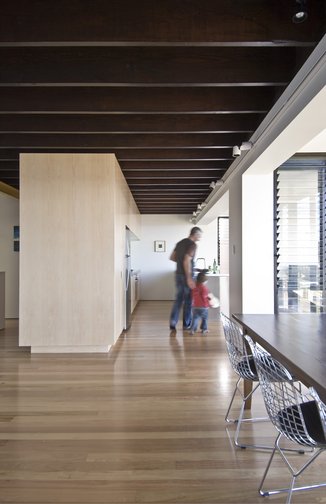
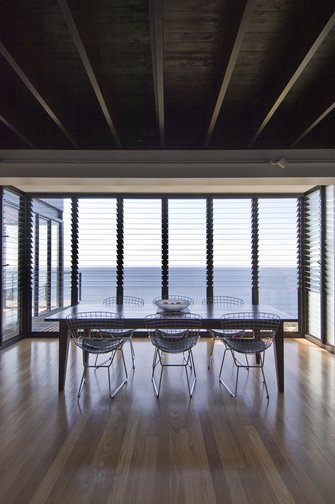
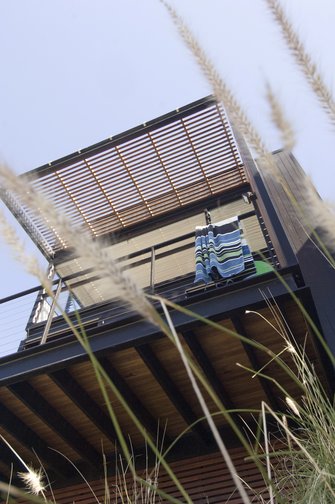

Palm Beach House
Palm Beach NSW, 2007
Alterations and additions to a 1960’s two storey concrete block dwelling on a steep East facing site. The original eastern facade of the existing house has been removed to accommodate a lightweight steel framed cantilevered extension. The new addition is infilled with timber framed windows and ebony stained vertical timber cladding. Dark finishes were a requirement from council in order to recede the building into the prominent escarpment. The original timber floor joists of the existing
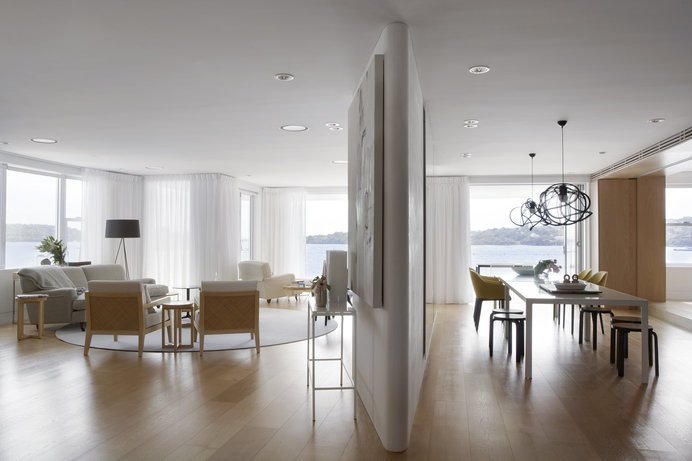
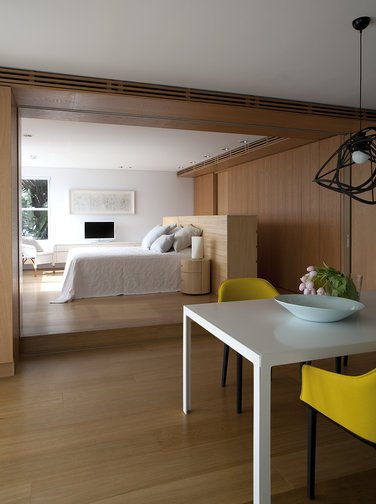
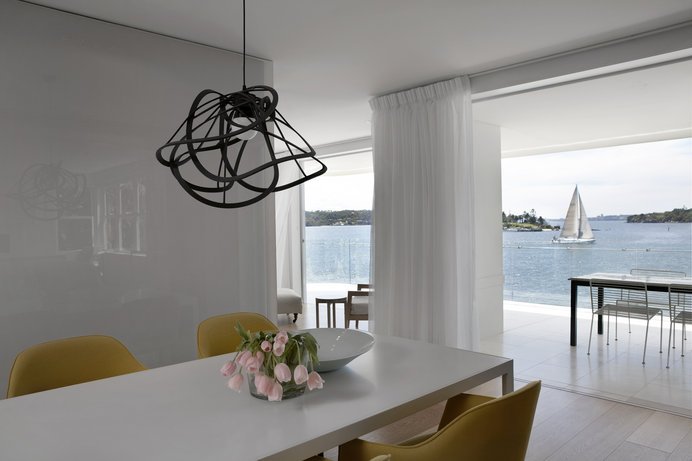
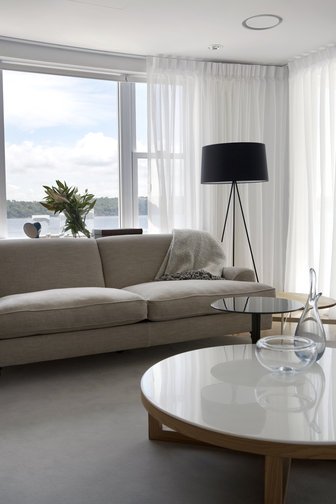
Pont Piper Apartment
Point Piper NSW, 2012
Alterations and additions to a 1940’s harbour front apartment. The brief called for opening up the existing rabbit-warren of rooms to maximise northerly views over Sydney Harbour. The clients, empty-nesters, were downsizing and requested to convert the existing three bedroom apartment into an open-plan, flexible one bedroom apartment with a guest/AV room for visiting grandchildren. Most of the existing walls were demolished, only the main fireplace core running through the building was left intact. It was sculpted to provide framed views from the deepest parts of the apartment. A new division between sleeping and living areas was created by a wall of European Oak joinery with openings and sliding wall panels providing access to the main bedroom and utility areas beyond. This joinery wall also houses part of the kitchen at the southern end. A custom made white Corian table is used as the kitchen island and breakfast bench. The choice of materials was kept clean, crisp and minimal. European Oak timber floor boards, white limestone slabs, pale coloured glass and almond hued linoleum faced joinery completes the palette.
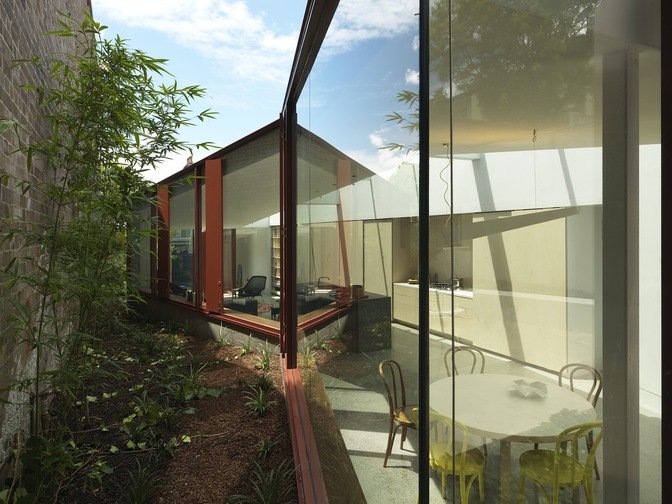
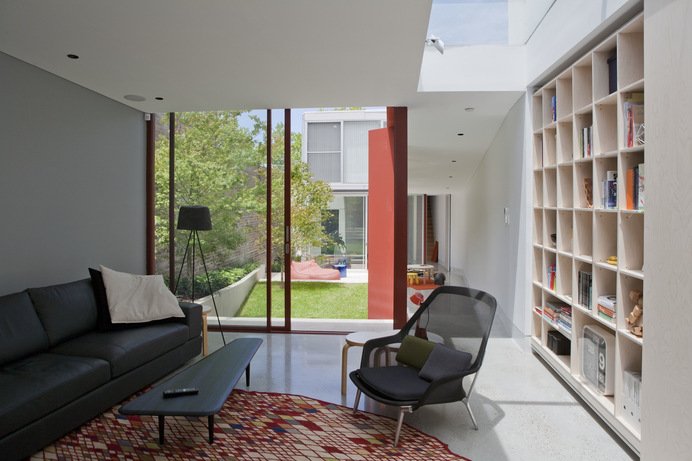
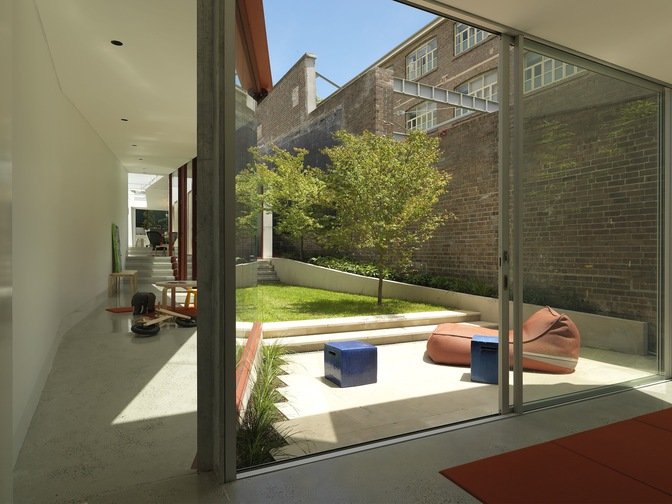
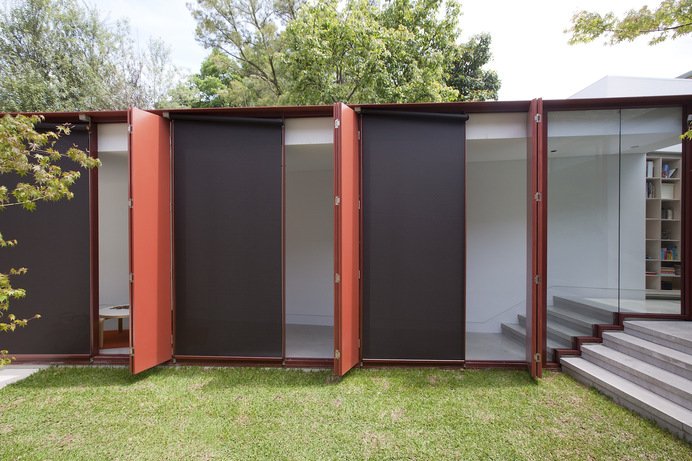
Annandale House
Annandale NSW, 2011
The client’s brief was to design a new four-bedroom family residence by refurbishing an original Victorian two-storey terrace and demolishing a shamble of lean-tos and an enormous metal shed. The site is closely bounded by residential units to the south-west and the Piano Factory warehouse apartment conversion to the north. The west and east offer framed views to established trees and green streetscape respectively. Taking these issues into consideration, the new additions attach to the rear of the terrace and unfold along the length of the site, with new floor levels corresponding to the natural topography, resulting in a series of split levels and pocket courtyards with the eight-metre high stepped Piano Factory heritage wall along the northern boundary as their backdrop. The heavily shaded site gave the opportunity to explore the use of glazed elements differently. Inverting normal conventions, opening windows are solid panels and walls are fixed clear glass. Skylights along the southern edge of the house (above the main living areas) capture daylight throughout the year. The loggia opening onto the main courtyard captures the winter sun and becomes a radiant heat sink for the rest of the house. The project has provided an opportunity to explore an alternative model for updating the inner-city two-storey terrace house into a comfortable modern home.






